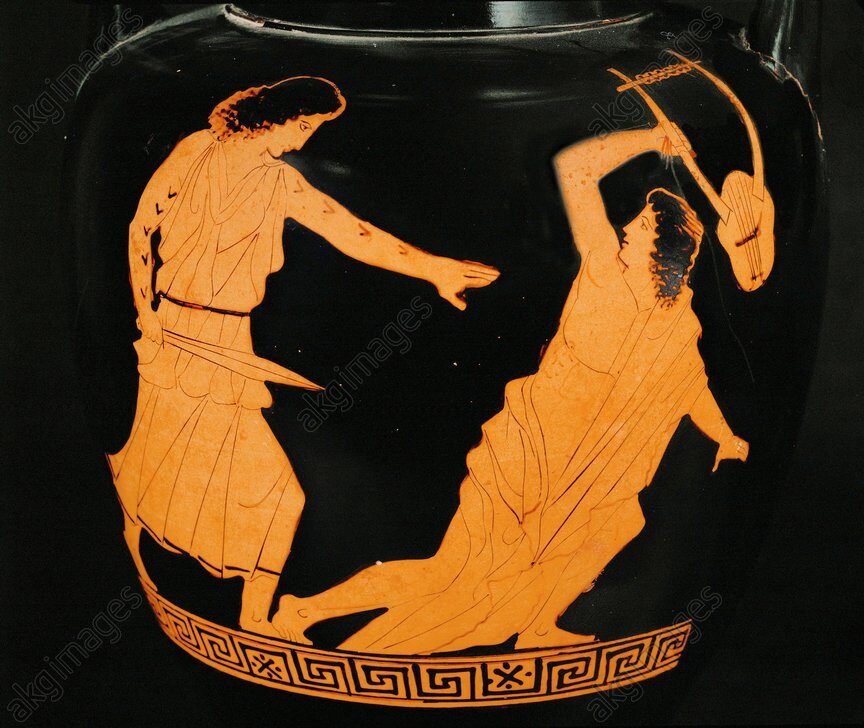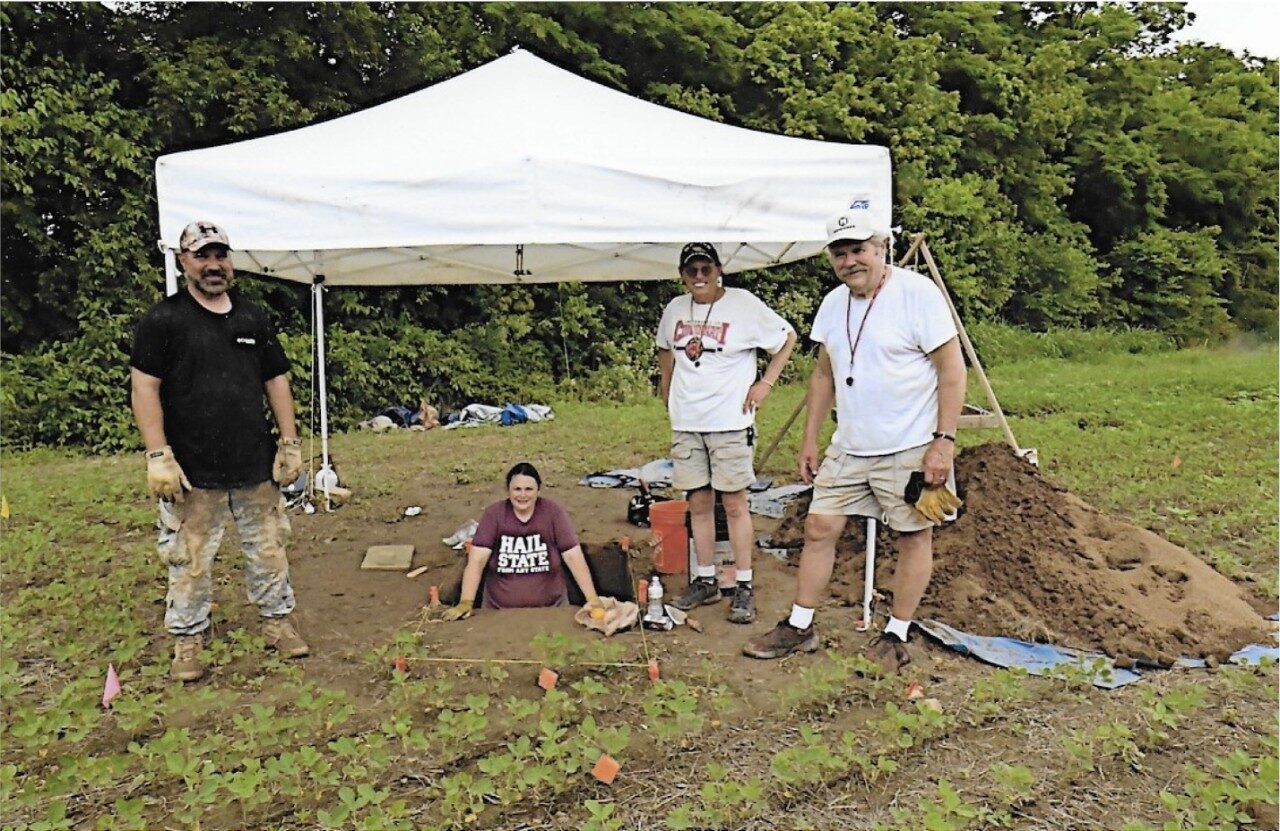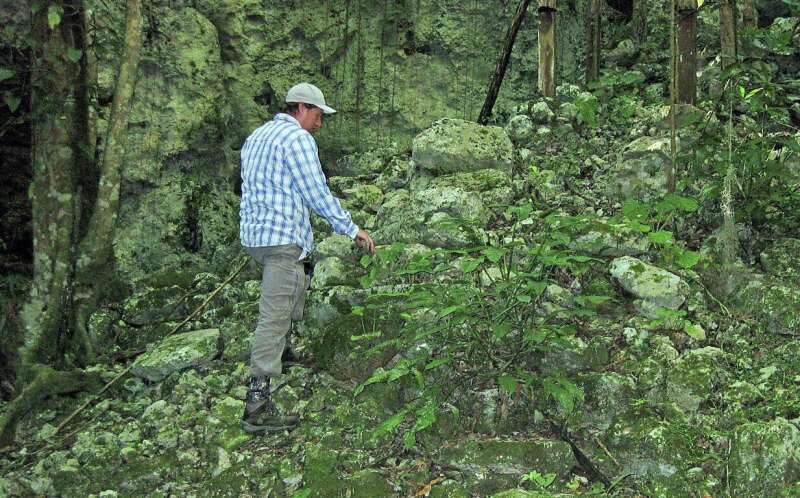
© unknownIllustration showing asteroids impacting Earth
A massive cosmic impact (or disintegration) around 13,000 years ago may have caused the extinction of numerous animals on Earth, but also a catastrophic reset in developing ancient civilizations of the time.
Some 13,000 years ago, a massive comet fragmented and impacted Earth, changing a planet in more ways than one. The catastrophic collision was powerful.
It is likely to have triggered a mass extinction on the planet, resetting along the way a number of ancient cultures that may have already been relatively well-developed at the time.Around 13,000 years ago (12,800 to be precise), Earth cooled off rapidly.Scientists have found that in the span of just a few years, the average temperate on Earth dropped abruptly,
resulting in a climate as low as -10 degrees Celsius (14 degrees Fahrenheit) in some regions of the planet's Northern Hemisphere. It was an extreme change, and scientists have found evidence that
this cooler period lasted for up to 1,400 years, thanks to layers of ice found in Greenland.
This abrupt change in Earth's climate is defined by the so-called Younger Dryas theory, which marked the start of an abrupt decline in ice-age megafauna, leading to the
extinction of around 35 different genera of animals in Northern America alone. During the
Younger Dryas, not only animals went extinct. It is believed that this period also
marked the abrupt decline among different cultures around the globe, including the Clovis culture in America. The catastrophic collision 12,800 years ago is now seen and widely accepted as leaving a profound imprint in many developing cultures,
starting a kind of global reset.Although many authors and scientists have theorized that such an event took place around 13,000 years ago, the evidence was scarce,
albeit there.



Comment: See also: